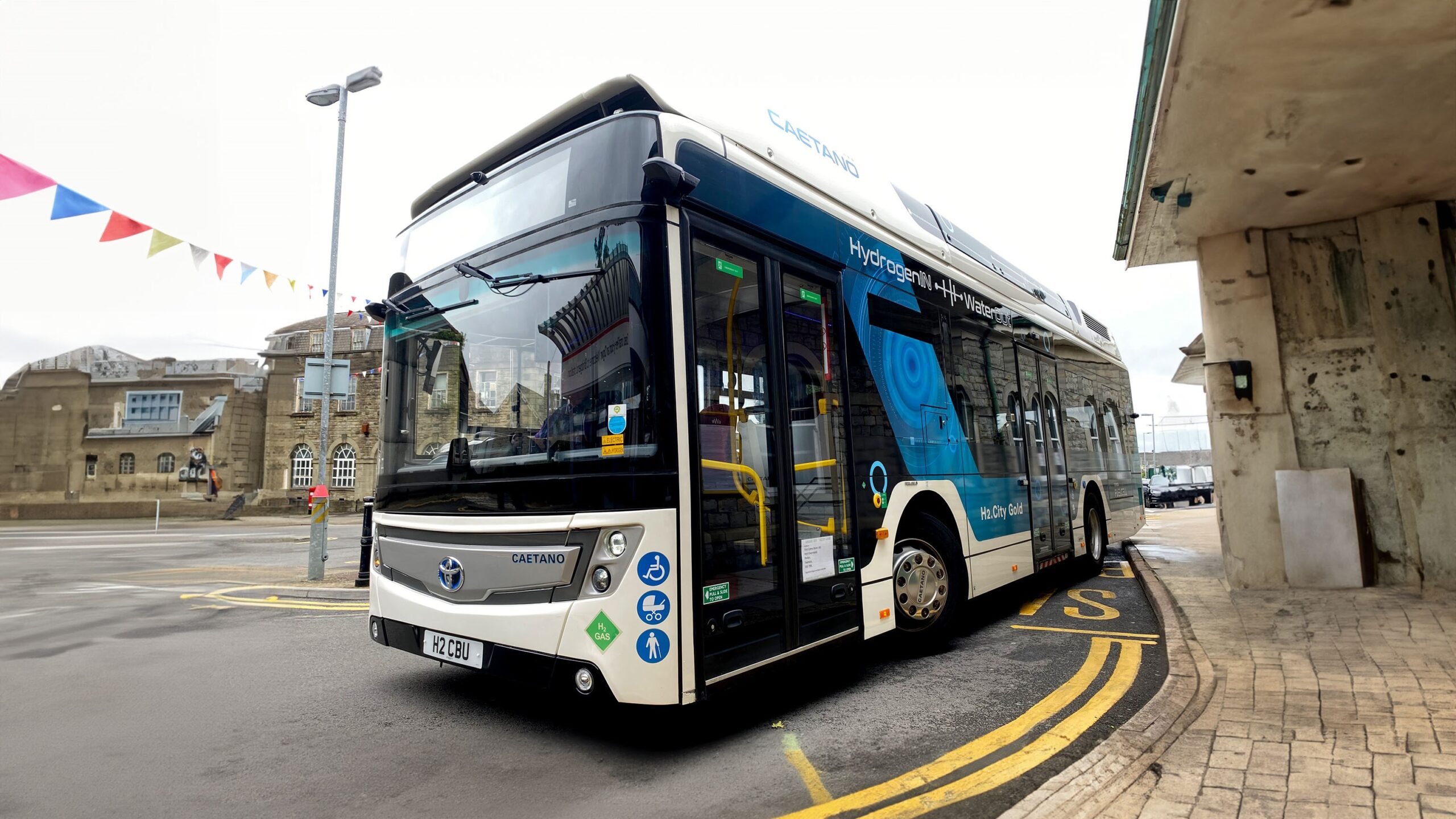Frequently Asked Questions
Who is Marubeni Europower?
Marubeni Europower is a leading investor in renewable energy, developing and operating power projects worldwide.
Operating in Europe for more than 50 years, Marubeni has invested more than £1.5bn in renewable energy projects and employs over 2,000 people in the UK.
Marubeni is committed to contributing to the transition towards a low-carbon society be delivering a mix of renewables projects, including green hydrogen.
For more information, visit marubeni-europower.com.
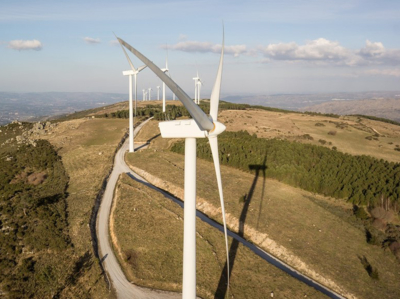
What does Marubeni do?
Marubeni works with industrial, commercial and public sector clients to deliver a safe and stable supply of power from onsite renewable generation and utility-scale power stations. Marubeni often takes the lead role from the development stage through to construction, operation and ongoing maintenance.
With industry expertise – fostered by a wealth of knowledge and experience in Engineering Procurement Construction (EPC) and Project Finance, and fully supported by a worldwide network of strongholds for project development and asset management – Marubeni has built a large power generation asset-portfolio of 12,320MW (October 2022) in a diverse range of fields and across many regions of the world.
For more information, visit marubeni-europower.com.
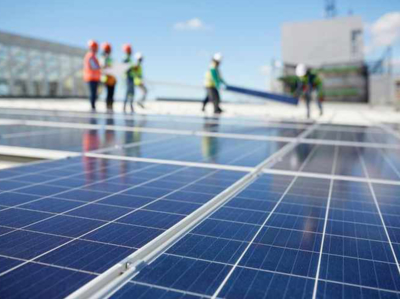
What is green hydrogen?
Hydrogen is an element that is found in many compounds such as water. It can be used in hydrogen fuel cells to power vehicles such as buses.
Hydrogen can be produced using both renewable and non-renewable methods. The Marubeni HyBont proposals use electricity from renewable energy sources – from local wind power offsite (via the grid) and solar PV panels located at Bryncethin – to produce green hydrogen using electrolysis, which can then be used to fuel vehicles and heat local buildings.
This helps to address the climate crisis by providing a transportable energy source that is not produced using fossil fuels. It also reduces air pollution as the only exhaust fume from hydrogen fuel celled vehicles is water.

Is hydrogen safe?
Hydrogen is the simplest and most abundant element in the universe, and although we are currently seeing a rapid growth within this industry, the use of hydrogen is not new. The UK, which is a leader in the hydrogen market, has been producing and distributing hydrogen for over a century. Currently, more than 70 million tonnes of hydrogen are produced globally each year, the majority from fossil fuels.
Hydrogen, in line with hydrocarbons such as petrol and natural gas, is covered by international codes, regulations and standards to ensure its safe production, storage, transportation and use. It has been used within the UK for a range of industrial purposes for decades, and the UK has a strong track record in the safe distribution and storage of combustion gases.
More information about safety requirements, safety in design and external audits can be found in the Hydrogen Safety fact sheet.
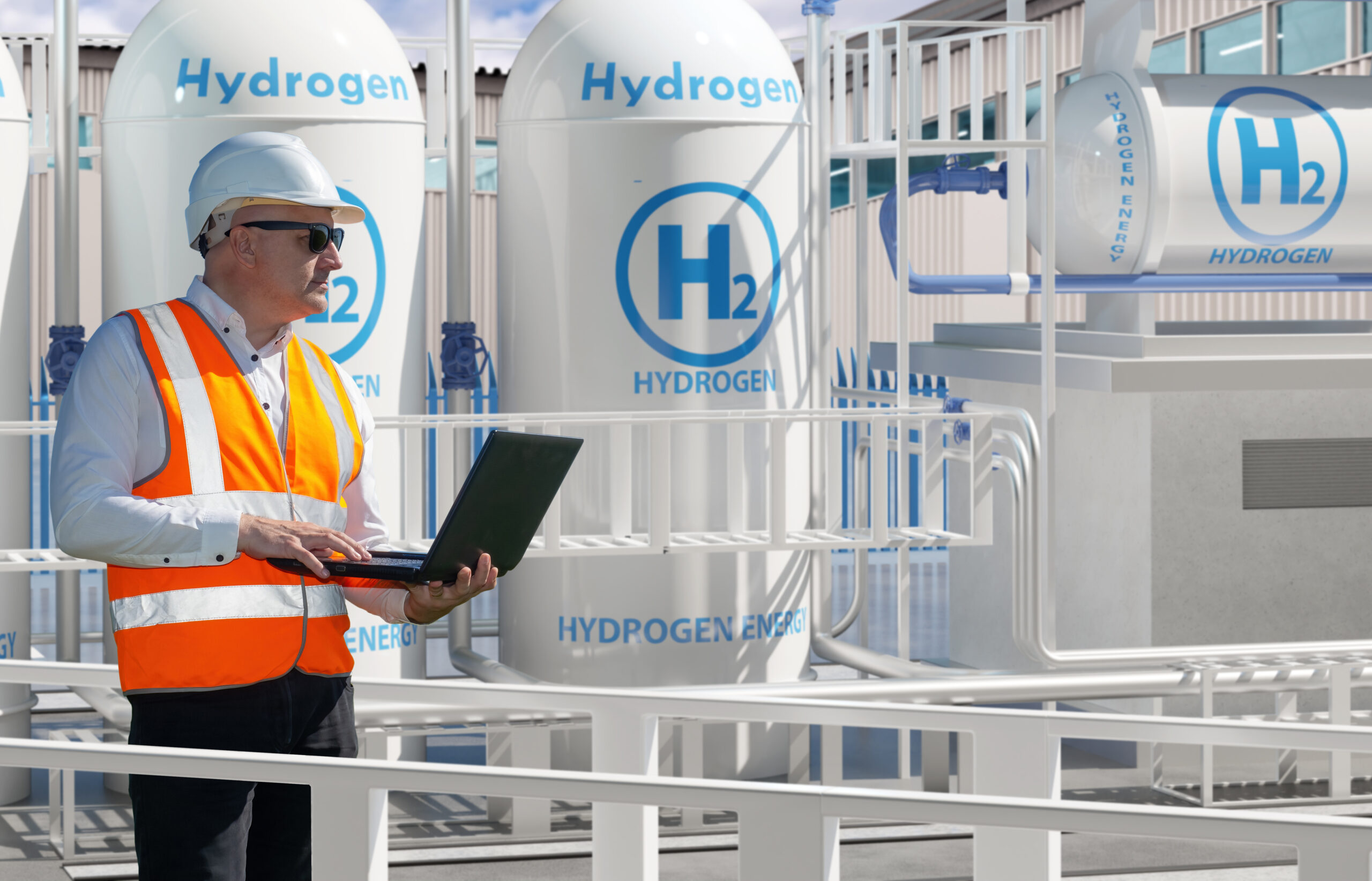
Where else are green hydrogen facilities located within the UK?
Green hydrogen projects are now a feature of many cities across the world and the UK government intends for 10 gigawatts (GW) of low carbon hydrogen power to be in production by 2030. Hydrogen refuelling stations operate widely in the UK, from London up to Scotland, with the first operational in 2017. Many more production and refuelling facilities are scheduled to be operational in the 2020s.
The facility at Brynmenyn is a small-scale hydrogen production site, similar in scale to a petrol station and other hydrogen production facilities operating in urban environments in the UK and Europe (including Tyseley in Birmingham and Puertollano, Spain) with no reported safety incidents.
The facility is not a major industrial facility and will have the same stringent safety measures applied to it as sites such as petrol stations. A range of measures have been incorporated into the safety-led design.

Why has this location been selected?
Over 10 local authorities were investigated and, following a shortlisting process including policy considerations, targets for decarbonisation of heat and transport, and ambition to tackle the climate emergency, Bridgend County Borough Council (BCBC) was selected.
Key reasons the site within Brynmenyn Industrial Estate was identified as suitable for a green hydrogen facility that fits within BCBC’s Local Development Plan, include:
- Close to end users such as BCBC’s refuse collection and potentially public buses.
- Proximity to solar power, with a direct power connection.
- the site is allocated in BCBC’s Local Development Plan for industrial uses.
Other sites in Bridgend were considered, including one near Junction 36 with good access to the M4, however, this was discounted due to lack of grid infrastructure or private wire options and, as designated Common Land, the planning authority is unlikely to support industrial development at this location.
Please see the Location and Layout fact sheet for more information.
Where will the hydrogen be used?
The site will provide a complete solution to power hydrogen vehicles. It is anticipated that local buses and trucks will be the primary users of the green hydrogen fuel produced on site.
What are the benefits?
The HyBont Bridgend Green Hydrogen Project will:
- Help tackle climate change.
- Reduce carbon emissions.
- Provide local employment opportunities.
- Acting as a catalyst for change.
- Help providing fuel security locally.
Please see the Social Benefits fact sheet for more information.
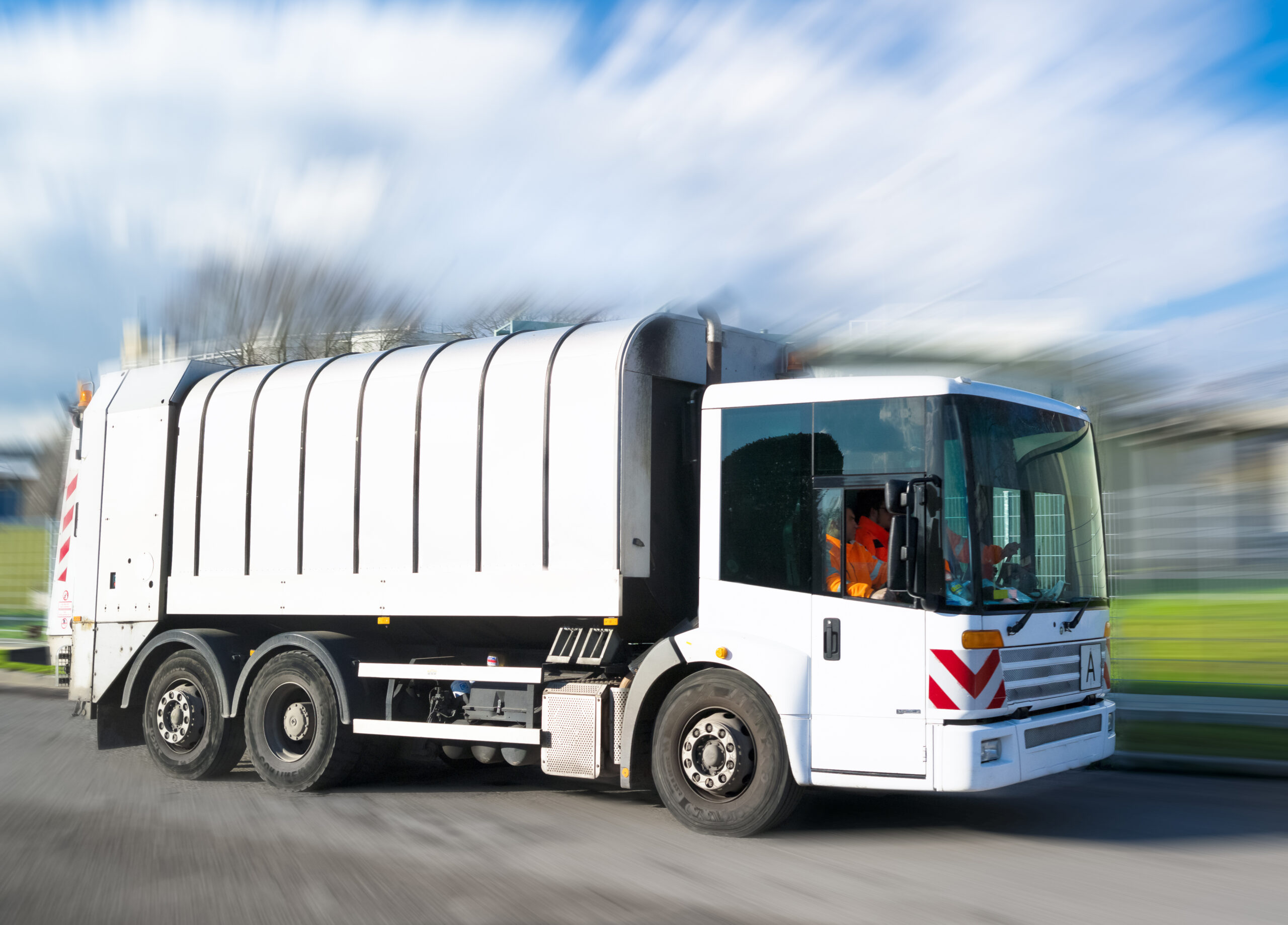
Will this have an impact on views?
A Landscape and Visual Impact Assessment (LVIA) has been carried out for the Brynmenyn (hydrogen production facility) and Bryncethin (solar) sites to assess the likelihood of significant landscape or visual effects from the proposals, as well as identify appropriate mitigation measures.
The study area extends to 5km from the outer edge of the sites and includes sensitive landscape and visual receptors within this area. Given the location and nature of development, no significant visual effects are anticipated beyond the study area.
Please see the Environmental Considerations fact sheet for more information.
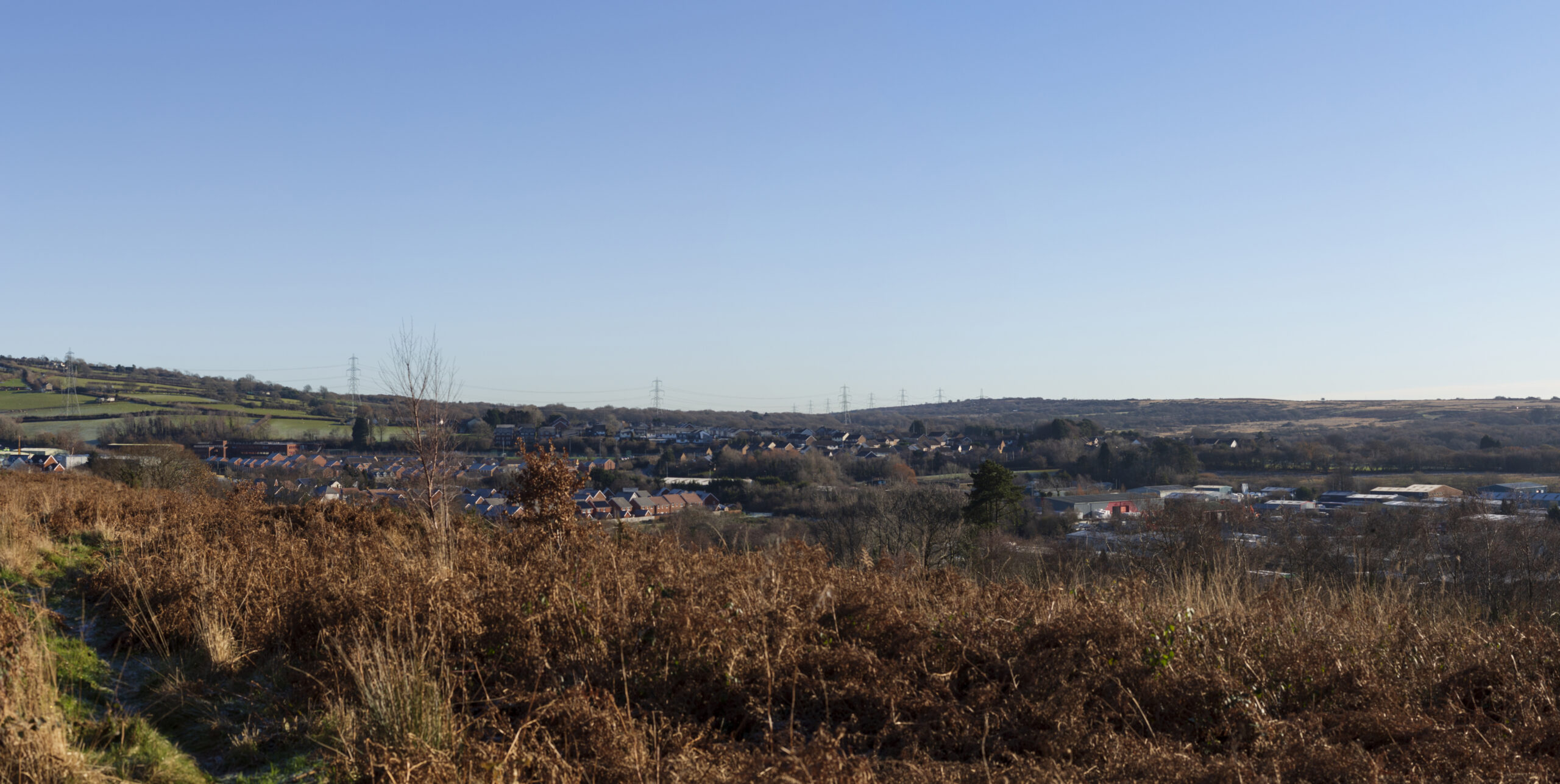
Will the green hydrogen production facility produce odours and noise?
Odour: the only gas emission in the production of hydrogen is oxygen – and both hydrogen and oxygen are odourless, so odour is not expected to be an issue for the proposed green hydrogen production facility.
Noise: A Noise Impact Assessment (NIA) has been carried out in accordance with the industry standard methodology for the assessment of commercial and industrial sound.
Baseline sound conditions were established at the nearest noise sensitive receptors and a 3D sound model was built to calculate noise impacts associated with the different elements of the proposed development during operation. These will be summarised, with details given of the assumed power level of each noise source and how they have been modelled in the Assessment.
Findings to date indicated that the levels of sound arising from the operation of the facility will not result in significant adverse impacts at any of the nearby noise sensitive receptors. Full details will be provided in the Noise Impact Assessment, which will be completed before the planning application is submitted.

What other environmental impacts will the green hydrogen facility have on the local area?
There are a wide range of studies that have been carried out to understand potential impacts associated with the proposals and identify mitigation measures where appropriate.
This includes ecological surveys, an air quality assessment and a flood risk assessment.
Please see the Environmental Considerations fact sheet for more information.

What impact will there be on traffic to the local area?
Traffic Impact Assessments have been carried out for the proposed green hydrogen production facility at Brynmenyn and solar farm at Bryncethin, with potential impacts during construction and operation being assessed and mitigation measures identified, where appropriate.
Please see the Transport fact sheet for more information.

Will the project impact my property value?
The proposed site is on land allocated for development in Bridgend County Borough Council’s Local Development Plan. It is not anticipated that placing a green hydrogen production and fuelling facility will have a negative impact on property prices compared to any other potential development use on the industrial estate.
Will the green hydrogen facility affect my household insurance premiums?
Whilst it is the responsibility of individual insurance providers to determine how they set their premiums, the fact that there is a long history of hydrogen production, with stringent regulatory safety regulations in place, means that it is not anticipated that insurance premiums would be affected by the proposals.


